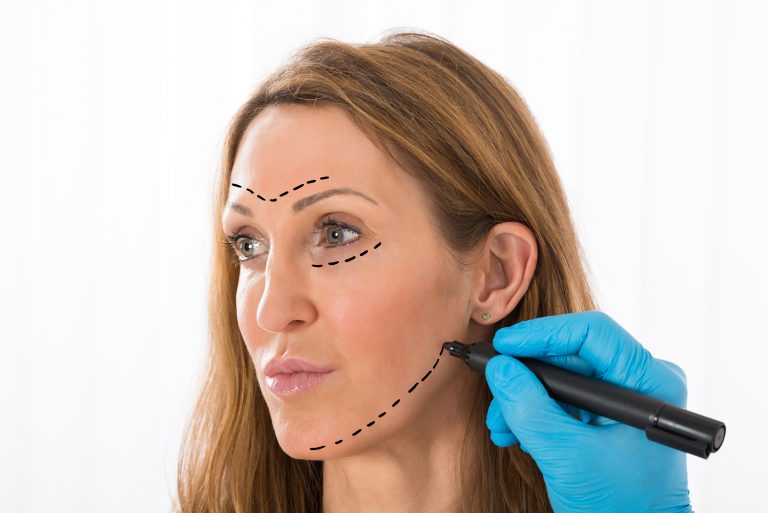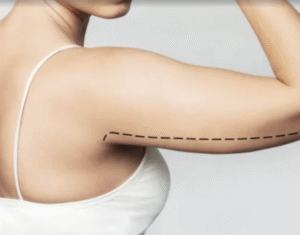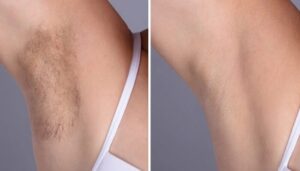
When considering rejuvenation treatments, many people wonder about the differences between a traditional facelift and less invasive procedures such as thread lifting. Both aim to reduce visible signs of aging and restore youthful contours, yet they are distinct in technique, results, and recovery. If you are considering a FaceLift in Dubai, understanding how it compares to thread lifting will help you make an informed decision.
Introduction to Facial Rejuvenation
The face is one of the first areas to show aging, with sagging skin, fine lines, and loss of elasticity becoming noticeable over time. Modern cosmetic medicine offers a range of solutions to reverse these effects. Among the most popular are:
- Facelift (Rhytidectomy): A surgical procedure designed to tighten and lift the skin, reposition underlying tissues, and restore youthful contours.
- Thread Lifting: A minimally invasive procedure where dissolvable sutures are used to lift sagging skin temporarily.
The Gold Standard of Rejuvenation
What is a Facelift?
A facelift is a surgical procedure that removes excess skin, tightens underlying tissues, and repositions facial structures. It addresses deep wrinkles, jowls, sagging cheeks, and laxity around the neck.
Benefits of a Facelift
- Provides long-lasting results (up to 10 years or more).
- Improves both deep wrinkles and significant sagging.
- Enhances the overall shape of the face, jawline, and neck.
- Offers comprehensive rejuvenation rather than subtle lifting.
Ideal Candidates for Facelift
- Individuals in their 40s to 60s with significant skin laxity.
- People seeking dramatic and lasting improvement.
- Patients in good health and without contraindications for surgery.
Thread Lifting: A Non-Surgical Alternative
What is Thread Lifting?
Thread lifting uses dissolvable sutures with tiny barbs or cones inserted beneath the skin to lift sagging areas. The threads not only reposition tissues but also stimulate collagen production, improving skin firmness gradually.
Benefits of Thread Lifting
- Minimally invasive with minimal downtime.
- Provides subtle lifting of cheeks, jawline, and brows.
- Stimulates natural collagen for gradual skin improvement.
- Results typically last between 12 to 18 months.
Ideal Candidates for Thread Lifting
- Individuals in their 30s to 50s with mild to moderate sagging.
- Those who want a quick refresh without surgery.
- Patients not ready for invasive procedures.
Key Differences Between Facelift and Thread Lifting
The following table highlights the major distinctions between the two procedures:
| Feature | Facelift (Surgical) | Thread Lifting (Non-Surgical) |
|---|---|---|
| Invasiveness | Surgical with incisions | Minimally invasive, no major incisions |
| Anesthesia | General or local with sedation | Local anesthesia only |
| Recovery Time | 2–4 weeks | 2–7 days |
| Longevity of Results | 7–10 years or more | 12–18 months |
| Effectiveness | Corrects moderate to severe sagging | Best for mild to moderate sagging |
| Skin Tightening | Significant and long-lasting | Moderate, collagen-induced tightening |
| Areas Treated | Face, jawline, neck | Cheeks, brows, jawline, limited areas |
Advantages of Each Treatment
Advantages of Facelift
- Comprehensive and transformative results.
- Improves both skin and underlying tissues.
- Redefines facial contours significantly.
Advantages of Thread Lifting
- Quick procedure with minimal downtime.
- Natural-looking results that improve over time.
- No surgical scars or major risks.
Combining Both Treatments
In some cases, thread lifting can complement facelift surgery. For instance, patients who undergo a facelift might later opt for thread lifting as a maintenance procedure when early signs of laxity reappear. This combination approach helps extend the overall youthful appearance without repeating surgery too soon.
FAQ’s
How long does a facelift last compared to thread lifting?
A facelift can last 7–10 years or longer, while thread lifting results usually last about 12–18 months.
Is thread lifting painful?
Thread lifting is performed under local anesthesia, and most patients experience minimal discomfort during and after the procedure.
Can I return to work after thread lifting?
Yes, most individuals resume work and daily activities within 2–3 days after thread lifting.
Does a facelift leave scars?
Yes, but they are carefully placed around the hairline and ears, making them discreet and difficult to notice once healed.
Can younger patients undergo a facelift?
While facelift is typically recommended for those in their 40s and older, younger patients with significant skin laxity may also benefit.
Conclusion
Both facelift and thread lifting are effective methods for facial rejuvenation, but they serve different needs. A facelift is ideal for those who desire long-lasting, dramatic changes, while thread lifting suits individuals looking for a quick, minimally invasive lift with natural results. Choosing the right treatment depends on your age, degree of sagging, and personal preferences. For expert guidance and personalized care, Dynamic Life Clinics offers advanced solutions to help you achieve your desired youthful look with precision and safety.




